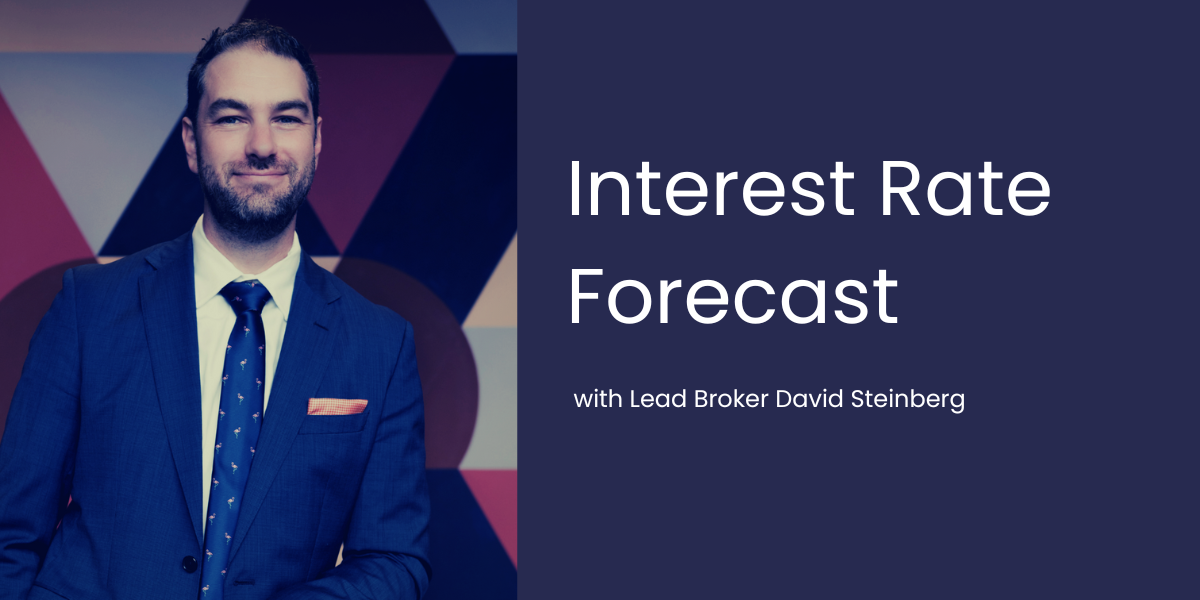Interest Rate Forecast
In a widely expected move today, the Bank of Canada has increased the overnight lending rate to 4.50%, bringing our bank’s prime rate to 6.70%.
In less than a year, the rate has shot up from 0.25%, up to 4.50%. These rate hikes have overshot everyone’s predictions by a longshot, with most originally predicting that the overnight rate would have settled in between the “neutral rate”, of 2.00% to 3.00%.
So why does the Bank of Canada keep raising the rate?
Despite inflation and consumer spending easing by the end of 2022, our labor market still proved resilient and added more jobs in December. This gave the BoC cause to worry that inflation numbers may not continue to decrease, or perhaps even start increasing.
The Bank of Canada feels it had to increase the rate as a final shot to avoid “entrenched” inflation and, in their hopes, bring on a soft landing for our economy. A soft landing is when inflation and growth numbers come down to normal levels, without moving our economy into recession territory, (or at least experience a very mild recession). In a soft landing, employment numbers would stay strong, and housing prices would stabilize without dropping considerably.
What are we expecting moving forward?
(Let’s keep in mind that predicting rates is a tough game. So many variables work into the equation, and we cannot see the economic outcomes until they happen).
With high borrowing cost pressures, a slowdown in consumption, and housing prices already coming down, most economists believe that at this point we are at our peak of interest rates, and don’t expect further hikes. If the bank increases rates again after today, it risks a much deeper recession that it desperately wants to avoid. Therefore, more rate hikes are unlikely.
So, questions after today’s rate hike mostly surround how long interest rates will stay at these restrictive levels for.
We know the BoC will hold the rates steady until it has confidence that the economy has entered its coveted soft landing, or a possibly harder recession. That will then determine how hard and how fast the rates come down. A soft landing will cause rates to hold or come down slowly, and a more widespread recession will most likely trigger bigger and faster rate drops.
In the fixed rates realm, we are already seeing lower bond prices and resulting lower rates.
5 year rates are significantly lower than shorter 1 or 2 year fixed term rates which is an overall indication that the markets are predicting lower rates in the longer term. We will see further downward pressure on bond yields (and fixed rates) if our economy enters into soft landing or recession territory.
For now, we’re expecting the BoC to enter its wait and see holding pattern and put a cap on future rate hikes.
Signing off for now,
David Steinberg, AMP BComm
Owner/Lead Broker
Olympic Mortgage Corp.
For more information, contact us today and we will be happy to answer all your questions.

